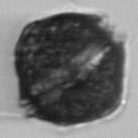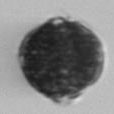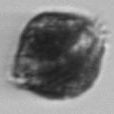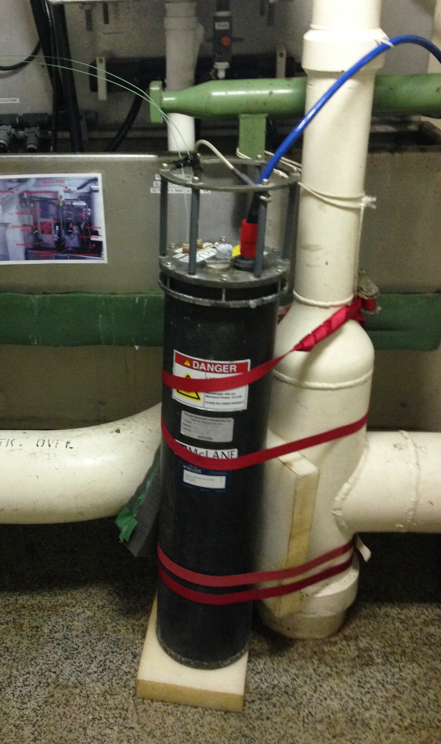Imaging FlowCytobot (IFCB)



The Imaging FlowCytobot (IFCB) developed by Drs. Rob Olson and Heidi Sosik at the Woods Hole Oceanographic Institution. The IFCB is a submersible or benchtop device that combines the fluorescence detection capabilities of the flow cytometer with the imaging and species identification capabilities of the FlowCam. A key feature of IFCB is automated classification of the images to provide genus- (or species-) specific cell abundance estimates. In order to identify individual species, the instrument can be “trained” using neural network approaches. In this manner, it is possible for a researcher in a given region to generate a library of images and knowledge (a training set) that is sufficient to allow identification of most of the organisms that occur in local waters. We use this capability to compile information about harmful algal bloom organisms. More information about the imaging flow cytobot can be found here: https://mclanelabs.com/imaging-flowcytobot/
This instrument is an integral part of our field programs, facilitating remote monitoring of phytoplankton populations and red tide events. To date, we have used IFCBs to collect data in a range of environments ranging from Florida to the Arctic. The IFCB is self-contained and fully submersible, allowing it to be deployed in a variety of field configurations. In the Nauset Marsh system, we use a stationary raft deployment of the IFCB to track the progression of annual red tide events (archived images available here). The IFCB can also be configured to sample from shipboard underway seawater systems, allowing phytoplankton communities to be monitored continuously along cruise routes.
